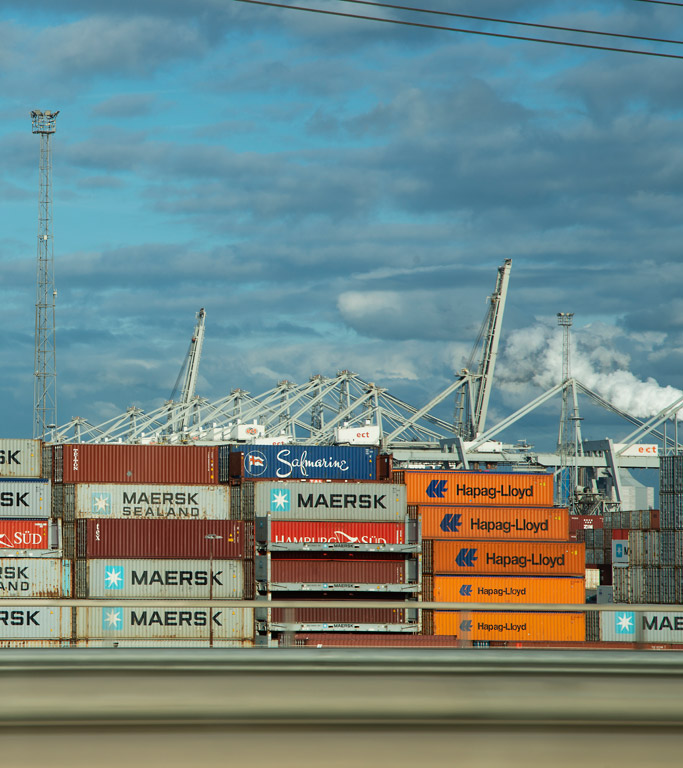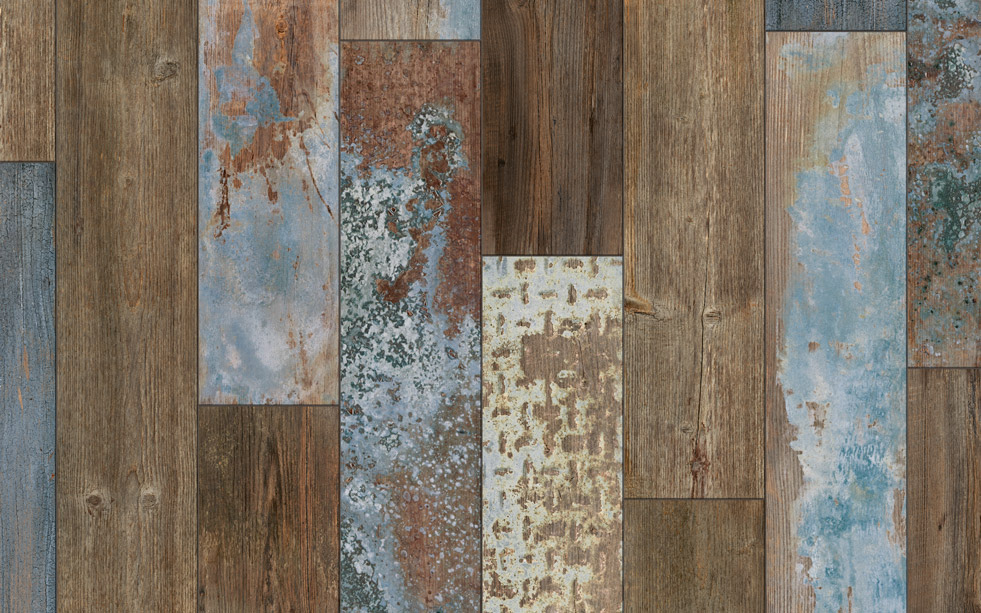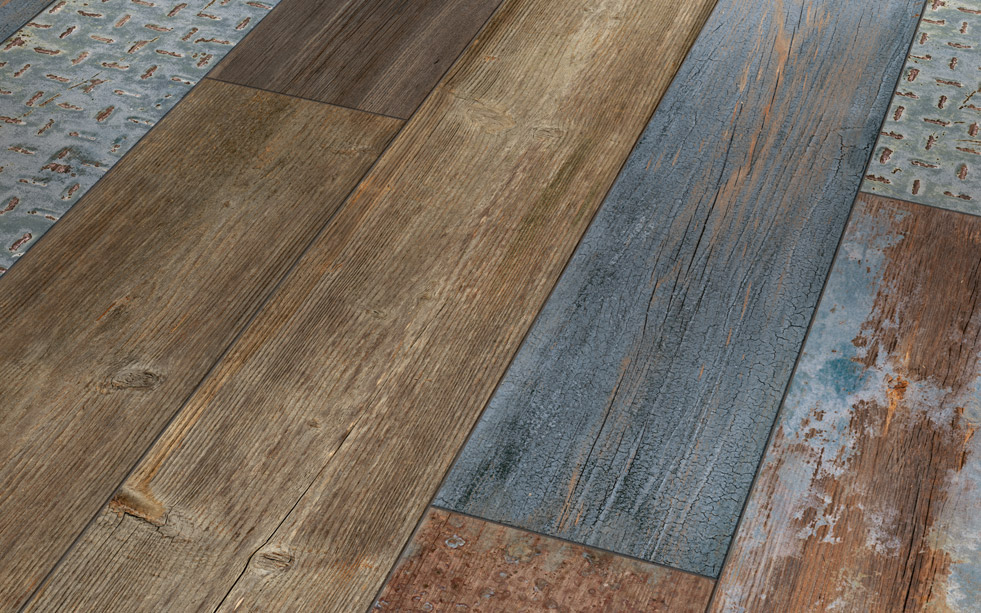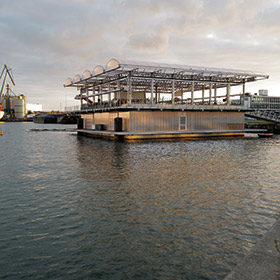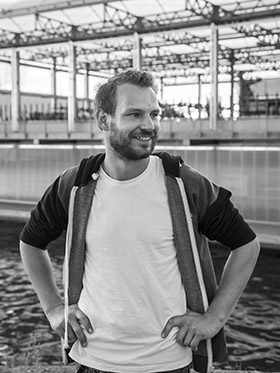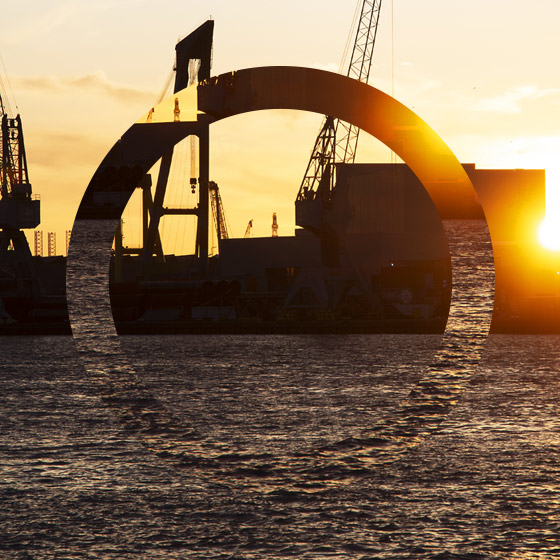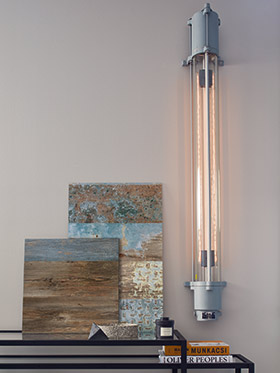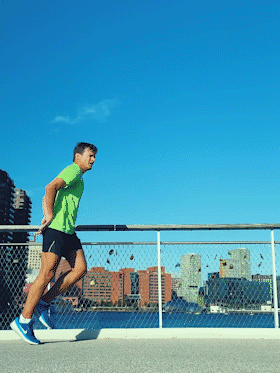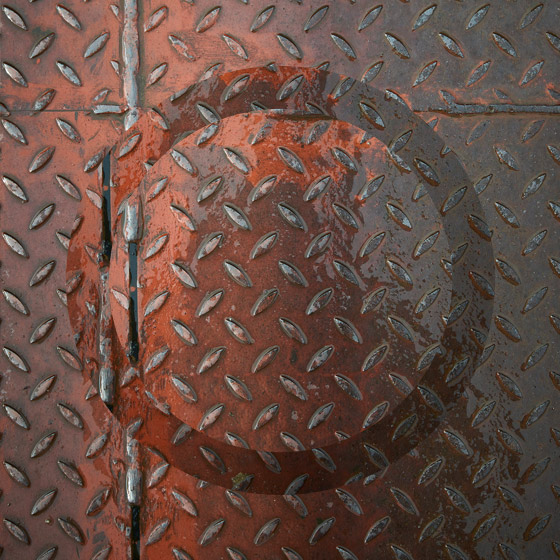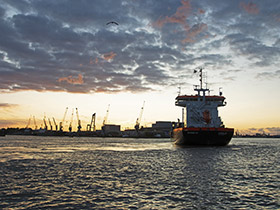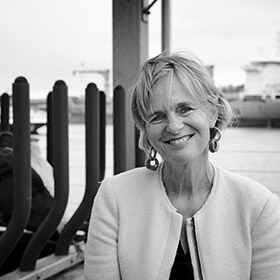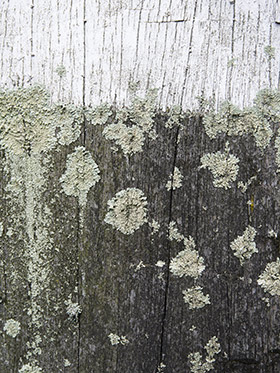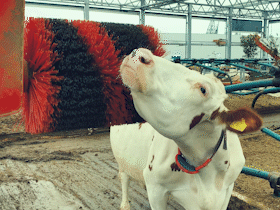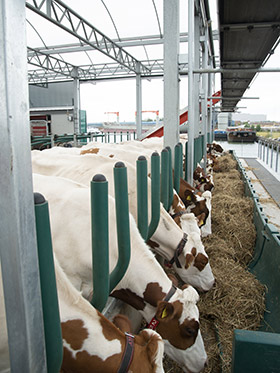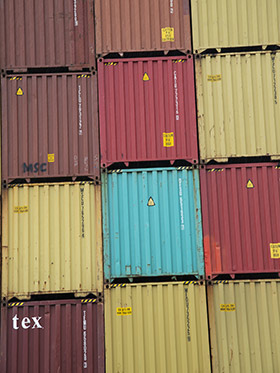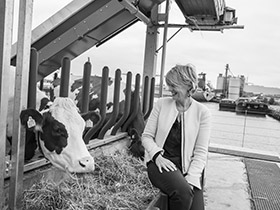The spotted dairy cows chew their hay with relish. They elegantly close their eyelids with such beautifully curved eyelashes and let the sea air blow around their ears. In the background the harbour cranes stretch their iron arms into the sky to unload the next cargo. The Floating Farm in Rotterdam acts as a place for exchange and meetings as well as a production site for the daily fresh milk in the middle of the city. And along the way, visitors experience the manufacturing process behind the bottles filled with milk.

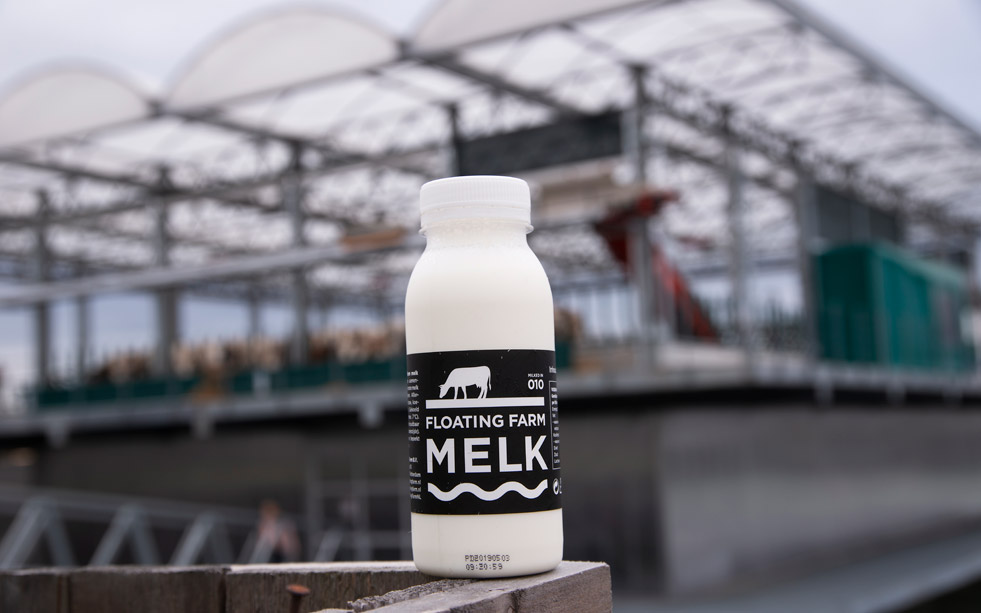
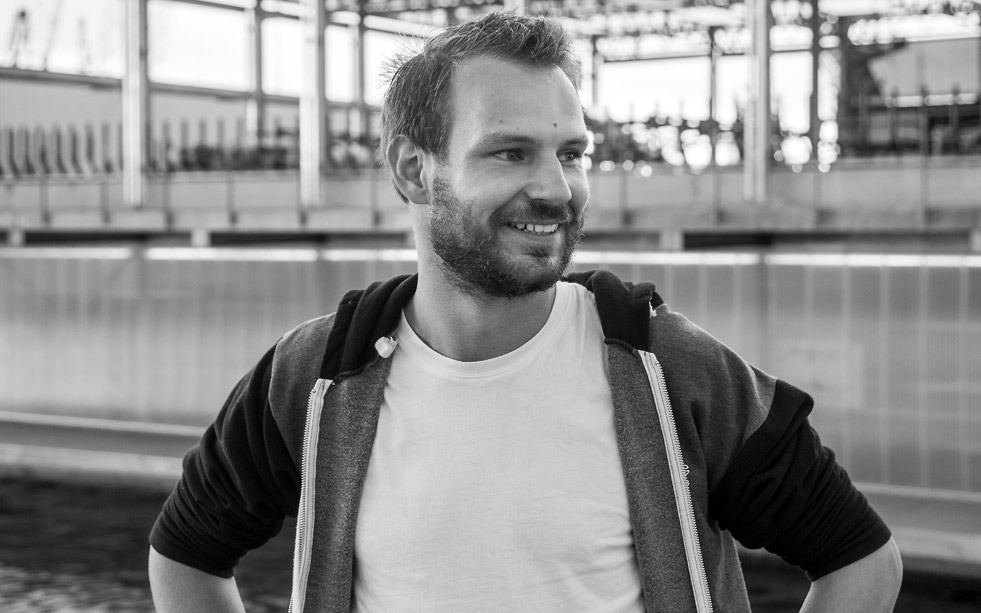
Their names are Maria, Elsje, Annabel and Jenntje. Monarch, Sustainabetty, Rebkoe and Cashcow. They stand on four legs, always with the horizon in view. A total of 32 red-spotted dairy cows have been floating in the port of Rotterdam since the summer of 2019. They do not get seasick.
The Floating Farm is a special pilot project with the aim of producing milk directly where many consumers live: in the middle of the city. The Dutch metropolis of Rotterdam, Manhattan on the Meuse, is where it all started. What may sound like a joke at first is based on a well thought-out concept that works. "Since the beginning, children and young people who have never actually seen a real dairy cow have been coming to us again and again," says Albert Boersen. For himself, he says, this is unimaginable. The 27-year-old agronomist (*1992) finally grew up with cows and now works as a second-generation dairy farmer himself. Boersen lovingly strokes one of his Floating Farm cows over her warm soft muzzle before walking on a few steps. The milking robot is on strike. Because it is only a small, technical problem, the young dairy farmer is fortunately able to fix it quickly. The operation can carry on straight away. Milking takes place when the cow wants, at any time of day. Annabel is just about to set off and strolls leisurely past the other ruminants. Obviously, nobody on the Floating Farm is in a hurry. "Most city dwellers like to stand as close as possible to a cow," says Minke van Wingerden, spokeswoman for the project and co-initiator. The farm is open to visitors from Thursday to Saturday in the summer months from 11 am to 4 pm. Enquiries come to the Floating Farm team from all over the world: sometimes whole school classes come round, sometimes a delegation of experts from Asia, students from France, but also the fans from the outset who live nearby: some even almost every day. So the dairy cows get quite a lot of visitors: the Floating Farm is like a magnet.
Instead of stress there is a good view of the harbour from the Floating Farm. Because the floating cowshed is extended by an open pasture at the harbour basin, the animals have sufficient space to exercise on land. Domestic cattle are active almost all day long, actually only sleeping 20 minutes a day, but they are constantly resting, which makes them look comfortable. Two flexible footbridges connect the Floating Farm with the port mainland. Further on in the corner, the offspring graze in a smaller barn: the first calves of the Floating Farm enjoy special protection here and greet the passing visitors inquisitively. Soon the young animals will be big enough and move onto the floating platform to join the others.
